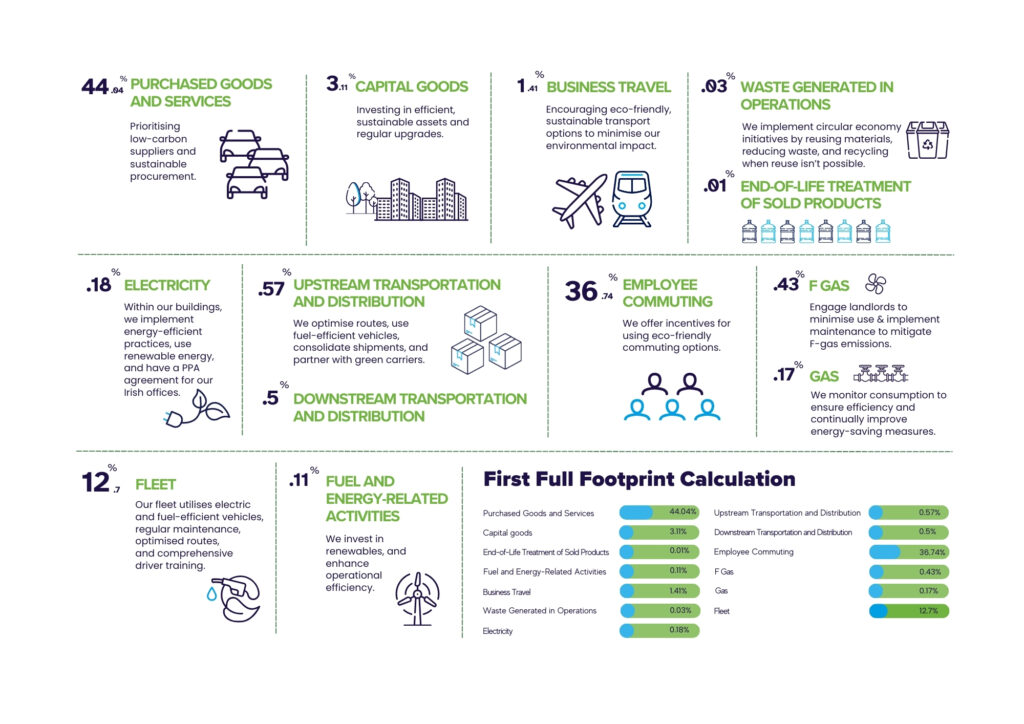Security teams need effective training now more than ever. Whether dealing with well-known threats like terrorism and crime or confronting newer challenges like cyber-attacks, the right training makes all the difference. I have found that taking a multi-dimensional approach to training is key to staying ahead of both familiar and emerging threats.
The risks we face are always changing. Terrorism, organised crime, theft, and violence are becoming more complex. Adversaries are constantly adapting, using new tactics and technologies to further their goals. These days, cyber attacks are part of the mix, not just stealing data but also potentially compromising physical safety by disrupting security measures. As threats evolve, security teams need to be prepared to manage both physical and digital risks. Developing strong intelligence frameworks and establishing effective communication mechanisms are crucial. They not only drive operational responses but also help formulate the training requirements needed to mitigate these threats.
The security training we provide has to give teams the tools they need to stay ahead of threats and protect the people, property, and assets in their care. While e-learning programs are great for giving teams the basics and establishing the foundational knowledge security officers need, they are not enough in isolation. Problem-solving is one of the most valuable skills for security teams, especially in high-pressure situations. Real-world problem-solving skills develop best when people are tested in environments that mirror the conditions they will face. Scenario-based training that immerses teams in realistic situations helps build these crucial capabilities.
I want to see broader adoption of scenario-based and hands-on training across the industry. Practical exercises like live drills, tabletop discussions, and crisis simulations prepare teams to make fast, sound decisions under pressure, whether addressing a terrorist incident, a physical security breach, or a digital attack. Technology can be a part of this. We are seeing exciting developments in training technologies. Immersive systems are delivering real value to our teams. In our business, we use virtual reality (VR) and digital twinning platforms to allow our teams to practice responding to high-risk scenarios in a safe, controlled environment. We can simulate anything from terrorist attacks to shoplifting, giving our security teams a chance to rehearse their responses in real-time. As the technology continues to advance, AI will become increasingly important in security training, offering the ability to simulate complex scenarios quickly and inexpensively.
While these technologies offer valuable benefits, I still view them as supplementary tools rather than complete replacements for in-person training. Real-world exercises remain essential. The combination of technology and in-person training provides the most well-rounded preparation for security teams.
Good training is even more effective when combined with the insights of a diverse team. People with different backgrounds bring different perspectives, which can help detect and mitigate threats. For example, on a recent site visit, I met one of our team members who had a customer service background. Her experience in customer service gave her a keen eye for details and the ability to quickly read body language. Following her security training, she developed an amazing ability to identify behavioural cues that could indicate a security risk. The diversity of experience and skills within a team leads to more comprehensive security solutions.
By combining innovative technologies and immersive, challenging programmes with practical experience, we can ensure our teams are prepared for the threats of tomorrow. With the right approach to training, security teams will be well-positioned to handle any challenges they face.


